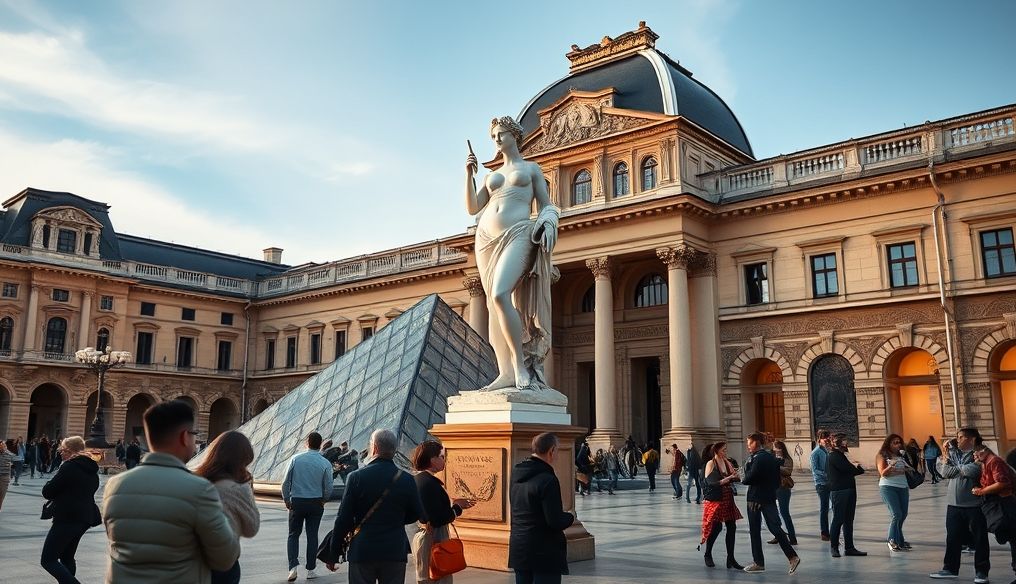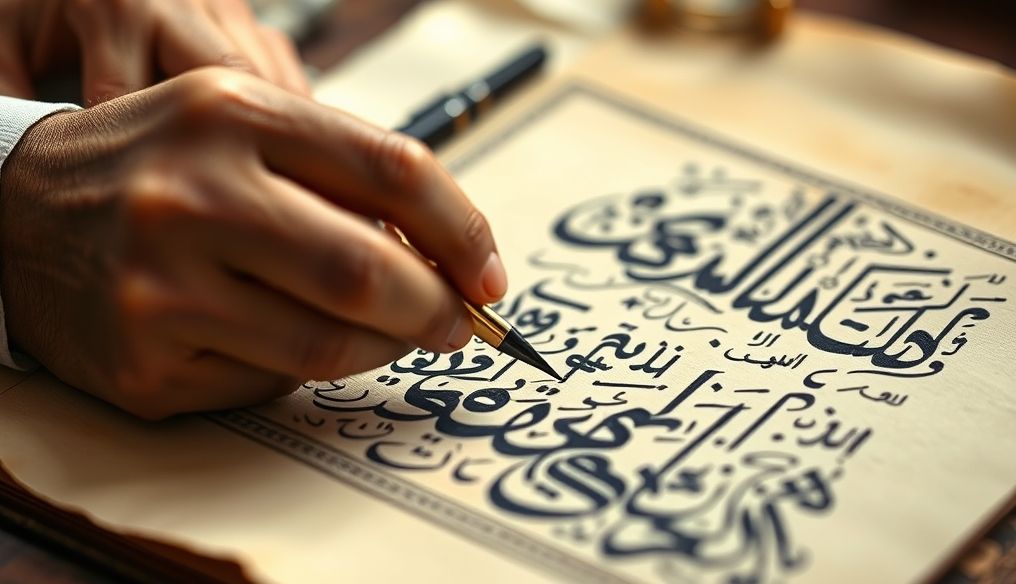What are the most famous sculptures in the world and where can you see them?
Sculptures are among the oldest and most magnificent forms of art known to humanity. Throughout the ages, artists have produced artistic masterpieces that embody creativity and skill, and immortalize stories and civilizations. In this article, we will explore the most famous sculptures in the world, learn about their history, and the places where they are displayed.
1. David by Michelangelo
Historical Overview
David is a Renaissance masterpiece sculpted by the famous Italian artist Michelangelo between 1501 and 1504. The statue represents the biblical David before his battle with Goliath, embodying courage, strength, and human beauty.
Location
David can be seen at the Galleria dell'Accademia in Florence, Italy. This museum is a major destination for art lovers and fans of Michelangelo's work.
Artistic Significance
The statue is characterized by its detailed precision and perfect body anatomy, reflecting Michelangelo's exceptional skill. David is considered a symbol of Florence and the Italian Renaissance.
2. Venus de Milo
Historical Overview
Venus de Milo is an ancient Greek statue depicting the goddess Aphrodite (Venus in Roman mythology), the goddess of love and beauty. The statue dates back to around 130 BC.
Location
Venus de Milo is displayed at the Louvre Museum in Paris, France. The Louvre is one of the largest and most famous museums in the world, housing a vast collection of artworks from various eras and civilizations.
Artistic Significance
The statue is famous for its classical beauty and elegance, and is considered a prominent example of ancient Greek art. Despite the loss of the statue's arms, it still maintains its charm and appeal.
3. Winged Victory of Samothrace
Historical Overview
The Winged Victory is an ancient Greek statue depicting the goddess Nike (goddess of victory). The statue dates back to around the 2nd century BC.
Location
The Winged Victory is displayed at the Louvre Museum in Paris, France. The statue stands majestically at the top of the Daru staircase in the museum, adding to its splendor.
Artistic Significance
The statue expresses movement and dynamism, and embodies the power of victory. The Winged Victory is considered a symbol of strength and greatness.
4. Great Sphinx of Giza
Historical Overview
The Sphinx is a massive statue located on the Giza Plateau in Egypt. The statue depicts a mythical creature with the head of a human and the body of a lion. The statue dates back to the era of the pharaohs in ancient Egypt, specifically to the reign of Pharaoh Khafre (circa 2558-2532 BC).
Location
The Great Sphinx is located on the Giza Plateau in Egypt, near the famous Giza pyramids.
Historical Significance
The Sphinx is considered a symbol of strength and wisdom, and guards the pyramids. The statue is one of the oldest and largest archaeological statues in the world, and testifies to the greatness of ancient Egyptian civilization.
5. Moai Statues on Easter Island
Historical Overview
The Moai statues are massive stone statues located on Easter Island (Rapa Nui) in the Pacific Ocean. These statues were carved by the Rapa Nui people between the 13th and 16th centuries AD.
Location
The Moai statues are scattered throughout Easter Island, a remote territory belonging to Chile.
Cultural Significance
The Moai statues represent the ancestors of the Rapa Nui people, and are believed to possess supernatural powers. The statues are considered a symbol of the island and its unique culture.
6. Christ the Redeemer
Historical Overview
Christ the Redeemer is a massive statue of Jesus Christ located in Rio de Janeiro, Brazil. The statue was completed in 1931.
Location
Christ the Redeemer is located on the summit of Mount Corcovado in Rio de Janeiro, Brazil, making it a prominent landmark visible from all over the city.
Religious and Cultural Significance
The statue is considered a symbol of Christianity in Brazil and the world, and symbolizes peace and love. The statue is considered one of the New Seven Wonders of the World.
7. Statue of Liberty
Historical Overview
The Statue of Liberty is a massive statue located on Liberty Island in New York Harbor. France gifted the statue to the United States in 1886 as a symbol of friendship between the two countries.
Location
The Statue of Liberty is located on Liberty Island in New York Harbor, United States.
Historical and Symbolic Significance
The Statue of Liberty symbolizes freedom and democracy, and welcomes immigrants coming to the United States. The statue is considered a symbol of hope and opportunity.
8. Lion of Lucerne
Historical Overview
The Lion of Lucerne is a memorial located in Lucerne, Switzerland. The statue was carved in 1820 to commemorate the Swiss Guards who were killed while defending King Louis XVI during the French Revolution.
Location
The Lion of Lucerne is located in Lucerne, Switzerland.
Historical Significance
The statue is considered a symbol of courage and sacrifice, and recalls Switzerland's turbulent history.
9. Seated Woman by Picasso
Historical Overview
Picasso sculpted this bronze statue in 1949. The statue is an example of Picasso's Cubist style.
Location
This statue can be seen at the MoMA in New York.
Artistic Significance
This statue represents Picasso's experiment in sculpture, and showcases his distinctive style of distorting shapes.
10. Maman by Louise Bourgeois
Historical Overview
Louise Bourgeois sculpted this colossal spider statue in 1999. The statue is made of bronze and steel.
Location
This statue can be seen in several locations around the world, including the Guggenheim Museum in Bilbao.
Artistic Significance
The statue symbolizes motherhood and protection, and reflects Bourgeois' complex relationship with her mother.
Conclusion
Sculptures are not just works of art, but living testimonies to human history and culture. Visiting these sculptures in their original locations is an unforgettable experience, allowing us to connect with the past and appreciate the genius of the artists who created them.




